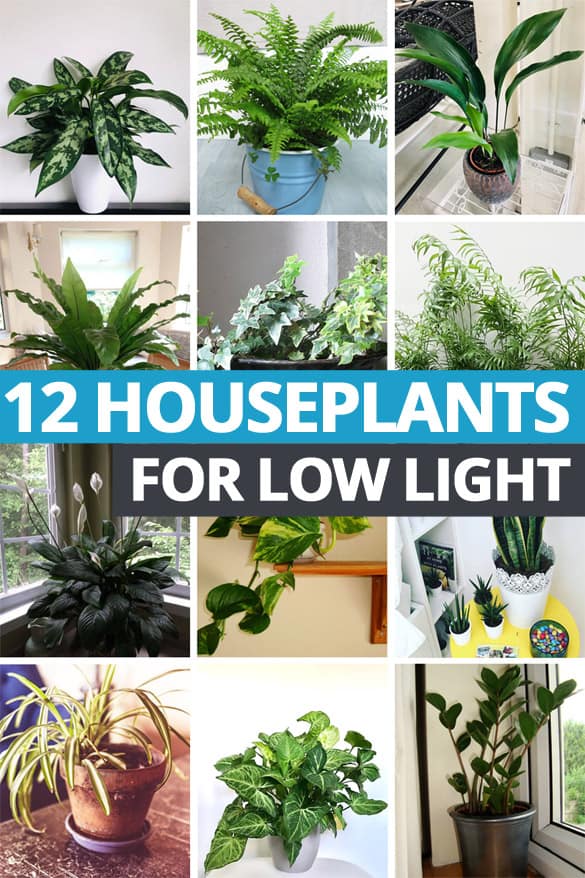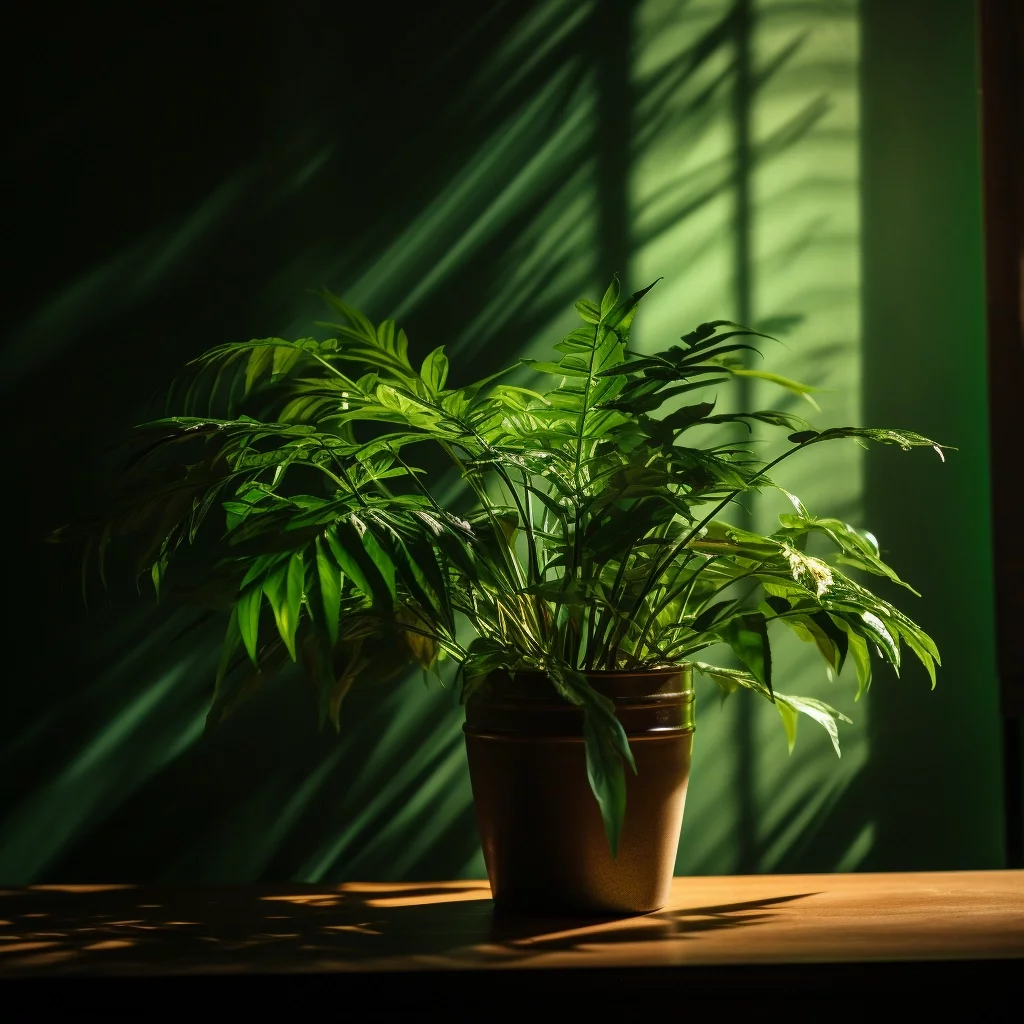Enhance Your Home Décor with the Best Low-Light Indoor Plants
Enhance Your Home Décor with the Best Low-Light Indoor Plants
Blog Article
Transform Your Home With Beautiful Low-Light Indoor Plants and Their Benefits
Integrating low-light interior plants into your home can dramatically enhance both the aesthetic and ecological quality of your space. These plants, which prosper in dim problems, serve not only as ornamental components however also as natural air cleansers, making them suitable for city residents or those with minimal sunlight direct exposure. As we check out the numerous types of low-light plants and their advantages, you might discover shocking ways to integrate them right into your home that can transform your surroundings in methods you might not have actually expected.
Advantages of Low-Light Plants
Low-light plants use numerous advantages for indoor atmospheres, making them an outstanding selection for both amateur and knowledgeable garden enthusiasts. One of the main advantages is their adaptability to low-light problems, permitting people to boost their space without the demand for considerable sunshine exposure. This particular makes them optimal for homes, offices, and various other locations with minimal natural light.

Furthermore, including low-light plants right into home décor can boost the visual appeal of an area. Their lavish foliage and differed appearances produce a calming environment, contributing to total well-being. The visibility of greenery has actually been linked to reduced tension degrees and improved efficiency, making low-light plants a useful selection for boosting both physical and psychological health in interior settings.
Leading Low-Light Indoor Plants
While many interior plants thrive in intense light, a number of varieties are specifically fit for low-light problems, making them excellent for various interior rooms. One preferred option is the Serpent Plant (Sansevieria), recognized for its striking upright leaves and strength, needing very little treatment. An additional outstanding choice is the Pothos (Epipremnum aureum), which includes heart-shaped leaves and can trail wonderfully from racks or hangers, growing in low light and adding a rich touch.
The ZZ Plant (Zamioculcas zamiifolia) is commemorated for its shiny leaves and capability to stand up to overlook, making it excellent for hectic way of livings. In a similar way, the Peace Lily (Spathiphyllum) not only tolerates low light yet additionally creates spectacular white blossoms, improving any kind of area's visual.
For a distinct touch, consider the Cast Iron Plant (Aspidistra elatior), which without a doubt measures up to its name, growing in the darkest edges of your home. Finally, the Chinese Evergreen (Aglaonema) offers a selection of fallen leave patterns and shades while being incredibly forgiving in low-light problems. These plants not only enhance interior environments yet additionally contribute to air filtration, enhancing your space.
Care Tips for Low-Light Plants

Sprinkling techniques are critical; these plants usually favor somewhat completely dry conditions. Overwatering can bring about root rot, so make certain that the top inch of soil is completely dry prior to watering again. Use pots with water drainage openings to enable excess moisture to run away.
Moisture is one more vital factor. Many low-light plants, such as ferns and tranquility lilies, take official statement advantage of greater moisture degrees. To increase humidity, think about misting the leaves or putting a tray of water near the plants.
Fertilization must be come close to with care. Throughout the growing period, make use of a weakened, balanced fluid fertilizer on a monthly basis to support development, yet prevent feeding during the inactive winter season.

Creative Ways to Present Plants
Indoor plants can function as exciting focal points in any type of room, enhancing both aesthetic allure and ambiance. Creative displays can raise the visual effect of low-light plants, making them an integral part of your home design. One efficient approach is to make use of tiered plant stands, which enable you to showcase several plants at differing heights while maximizing floor area.
Hanging planters are another ingenious option, developing a feeling of depth and drawing the eye up. Consider macramé wall mounts or wall-mounted shelves to present a special structure and style.
For a much more structured strategy, usage geometric terrariums or glass containers to house your plants, including a modern touch to your indoor yard. You can additionally repurpose classic products, such as teacups or wood dog crates, for a diverse screen that reflects your character.
Enhancing Home Atmosphere With Plants
Incorporating low-light plants right into your home not just boosts visual charm however additionally adds significantly to the overall atmosphere. These plants act as natural decoration elements, introducing a sense of serenity that can change any space. The presence of plant fosters a soothing atmosphere, which is especially useful in high-stress settings such as office or living rooms.
Low-light plants, such as snake plants, pothos, and ZZ plants, are not just cosmetically pleasing yet additionally enhance interior air high quality by filtering system toxins. This twin function boosts the atmosphere even more, creating a healthier home (Best low-light indoor explanation plants). The strategic placement of these plants can also influence the understanding of space; for example, high plants can attract the eye upward, making ceilings show up higher and spaces extra spacious
Additionally, differing textures and shades of foliage add deepness to interior design, permitting for innovative expression in home designing. Whether put on racks, in edges, or as centerpieces, low-light plants can boost the state of mind of any space. In recap, incorporating these plants right into your home is a reliable way to promote a warm, inviting atmosphere while profiting of improved air quality and visual versatility.
Verdict
Including low-light interior plants right into home atmospheres offers numerous advantages, including enhanced aesthetic allure and improved air high quality. These durable plants, such as the Serpent Plant and Tranquility Lily, call for very little light and upkeep, making them ideal for diverse way of livings. Their ability to filter contaminants adds to a healthier living space, while their varied appearances and colors improve indoor decor (Best low-light indoor plants). Ultimately, the incorporation of low-light click plants cultivates a serene and inviting setting, changing any kind of home right into a serene sanctuary.
While many interior plants thrive in intense light, several species are especially fit for low-light problems, making them ideal for various interior rooms. One reliable approach is to use tiered plant stands, which allow you to showcase multiple plants at differing heights while taking full advantage of floor room.
Low-light plants, such as snake plants, pothos, and ZZ plants, are not just visually pleasing but likewise improve indoor air top quality by filtering contaminants. Best low-light indoor plants. The strategic placement of these plants can likewise affect the understanding of room; for instance, high plants can attract the eye upwards, making ceilings show up greater and rooms a lot more spacious
These durable plants, such as the Snake Plant and Tranquility Lily, need marginal light and maintenance, making them ideal for diverse lifestyles.
Report this page